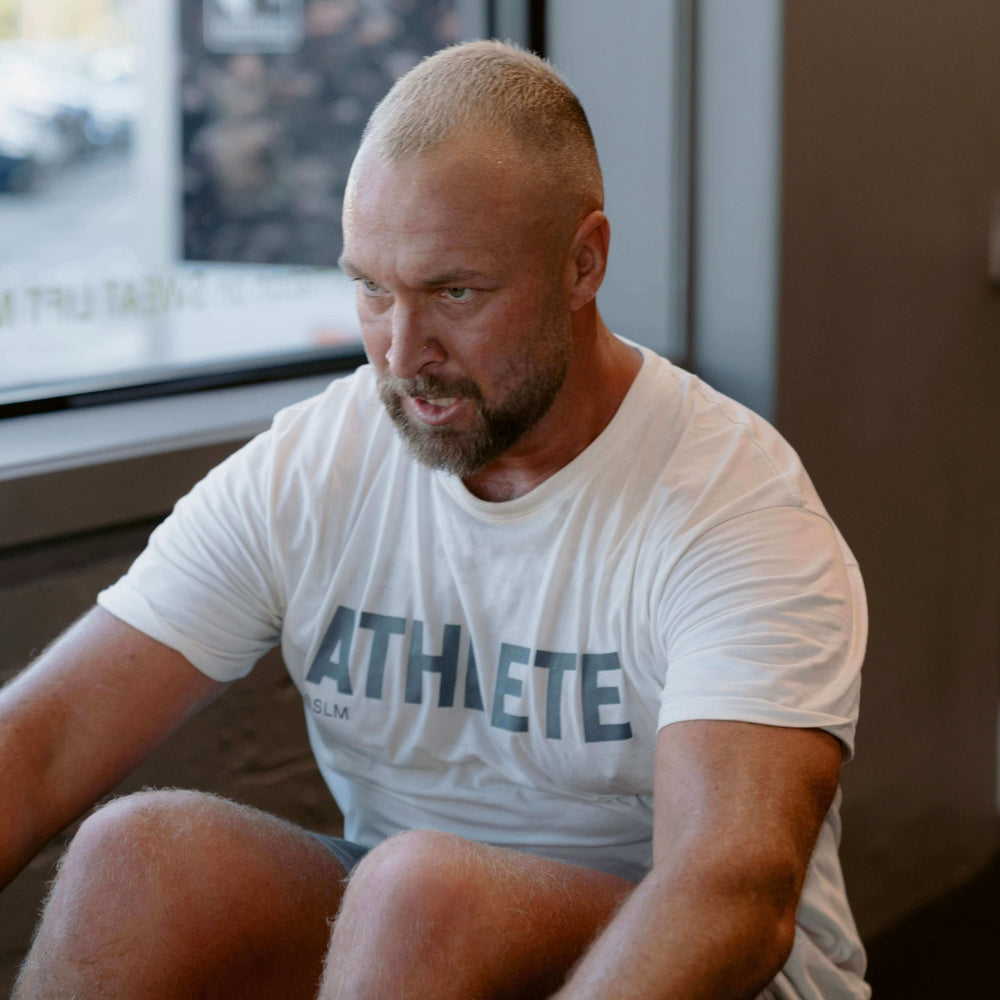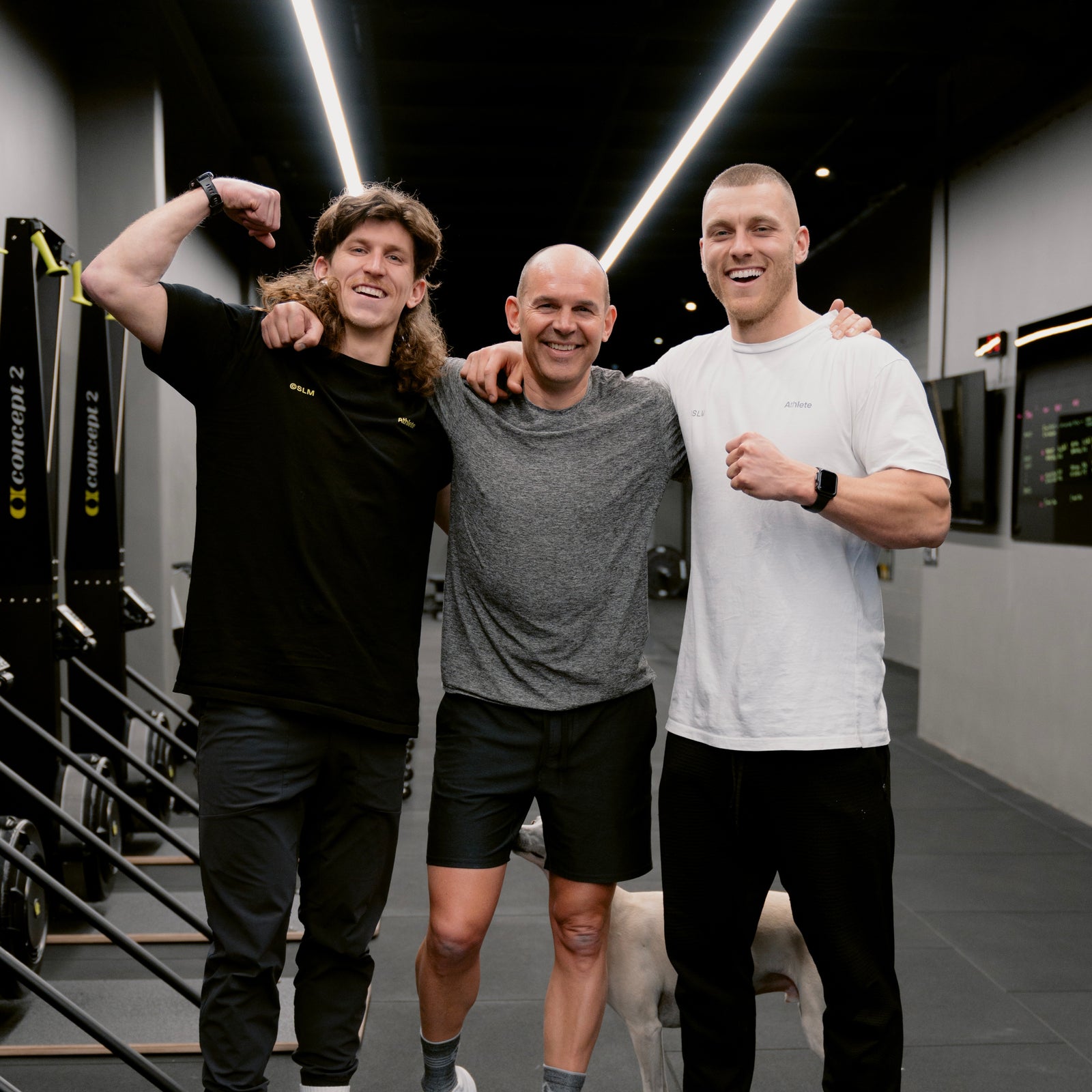
When Pain Is Good (And Bad).
As we approach the end of our Q1 program, a lot of our members are now training at a very high intensity, bringing with it plenty of positive physical adaptations. High intensity comes in many forms, but one thing that is consistent across all modalities is that it often brings with it a level of pain. And whilst it is true that if there's 'no pain' there's typically 'no gain', we need to look at this concept with a broader lens because pain is perception, and therefore subjective.
The good: Pain during a workout - 'muscular burn'
Fred Devito once said - "If it doesn't challenge you, it won't change you" - and I couldn't agree more. If we can develop the skill, confidence and courage to train within painful parameters, we are often rewarded with pleasing results. Anything worth having requires hard work, and that's why we regularly advocate to our members at HQ that "effort is the only currency" we truly care about. But when it comes to strength training, you need to earn the right to train at uncomfortable intensities. You need to have put in the work, learned the skills, mastered the fundamentals, thus providing you with a robust foundation of stability and strength to push the body to new limits. Patience is the prerequisite to painful training, and if you can manage that, good results are inevitable. But only if you have the courage to be in pain when the time is right.
The bad: Pain after a workout - 'movement inefficiency'
Pain during a workout can be good, but pain after a workout can be bad. At SLM, we always make sure our programs transcend the four walls of the gym. If your program is leaving you feeling burnt out, then something's wrong. It it's leaving you feeling built up, it's a winner. So if you're in pain throughout the day, then there's a good chance you have some sort of movement inefficiency. At worse, this could be coming from a structural issue. So if you're constantly in pain and you don't know why, seek some professional advice to be able to get a proper diagnosis on what's going on at a deeper level and if you require rehab (or surgery). On the other hand, you could be in pain because of: poor mobility (you're stiff), poor stability (you're not good at resisting force), poor strength (you're not good at producing force), or all of the above.
As Charles Poliquin famously said - "you can't fire a cannon from a canoe" - so if you haven't got the proper foundations in place, or if you don't know how to train with proper technique, then there's no surprise why you're always in pain.
In summary, make sure you're training with intent and you understand the importance of pain. Know when it's good, know when it's bad, and know when you simply just need to pull your finger out and have a crack!

